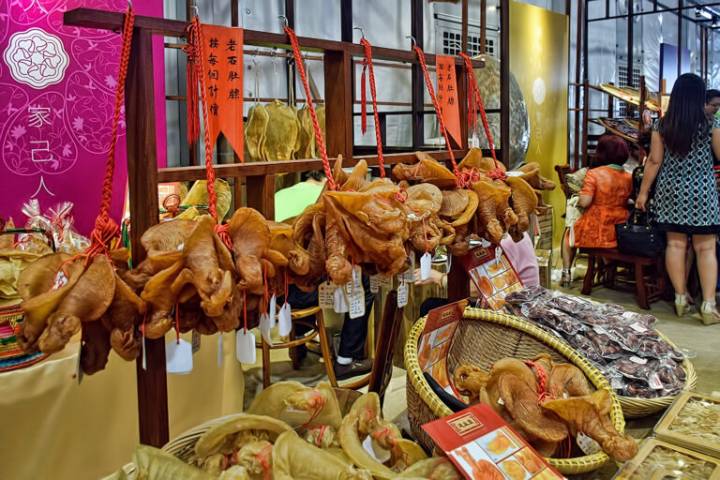Fish maw — the dried swim bladder of ray-finned fishes — is prized across East and Southeast Asia as a culinary delicacy and symbol of wealth and status. In Chinese culture, it’s served at family and business gatherings. Beyond tradition, maw is promoted for supposed health and beauty benefits, from aiding recovery after childbirth to reducing signs of aging due to its high collagen content. As demand has surged with urbanization and rising incomes, fish maw trade has grown into a multimillion-dollar industry. In Hong Kong alone, studies have found maw imports were worth up to $394 million between 2015 and 2018, with some single bladders selling for nearly half a million dollars. Rare species fetch the highest prices, but once processed, maw is hard to identify — this opens the door to mis
Upmarket fish maw trade in Singapore & Malaysia includes endangered species: Study
 Mongabay08/06
Mongabay08/06
2


 New York Post
New York Post CNN
CNN WXYZ-TV
WXYZ-TV Newsday
Newsday Associated Press US and World News Video
Associated Press US and World News Video The Daily Sentinel
The Daily Sentinel KFVS12
KFVS12 The Babylon Bee
The Babylon Bee The Bay City Times
The Bay City Times Sarasota Herald-Tribune
Sarasota Herald-Tribune AZ BIG Media Economy
AZ BIG Media Economy